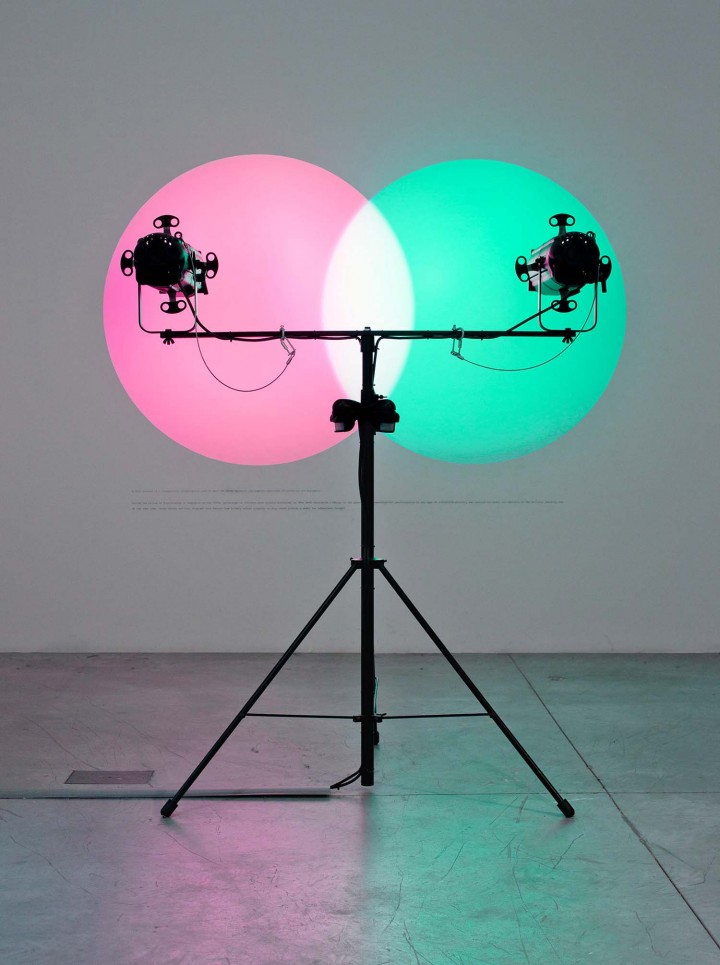The first edition of the Vienna Biennale, combining art, design, and architecture, opened June 11 and will continue through October 4, 2015. Flash Art talked with Maria Lind, curator of the group exhibition “Future Light: Escaping Transparency.”
Does your contribution succeed at delivering the promise of the Biennale’s subtitle: “Ideas for Change”?
The subtitle is a bit unfortunate, and I have since the beginning told Christoph Thun-Hohenstein, who initiated the Biennale, that I think it promises too much — in general, and for art in particular. The approach is on the verge of being instrumental. As one of the artists in the group exhibition “Future Light: Escaping Transparency” commented, the MAK seems to need additional advisors, who can bring in a slightly different way of thinking and a more sophisticated discourse, away from the current neo-liberal inclination.
You frame your concept of “Future Lights” in relation to “old enlightenment” — to reason and rationality, the individual subject and the public sphere. In a time of preemptive and algorithmic forecasting, do you see irrationality as a choice?
It depends on what you mean by “choice.” The irregular and idiosyncratic are taking on a new significance these days.
I was told Pauline Boudry and Renate Lorenz’s video installation Loving/Repeating was one of the showstoppers of the Biennale. What makes their filmic installation such an important piece in the show?
It is a great solo exhibition, if I may say so. The films themselves are strong, and together they form an intriguing narrative about non-normative subjectivities, which gives us a glimpse of the future. The sequencing of the films — you can only ever see one film at a time — enhances that.
Your notion of a blinking “relational trickster light” — is it a new approach to the relational in art?
I am referring to light that is not steady; it goes on and off and it relates to its surroundings.
What do you take home from this Vienna Biennale?
I am pleased to have been involved, and I am really happy with the three parts that make up “Future Light.” The MAK has been brave to initiate a new biennial. Like most biennials, the Vienna Biennale can function as an amplifier, and it is important to credit predecessors. For instance, if the argument is that it is relevant to work with art from Romania, then projects and people dealing with this in the past, especially locally, should be credited. Big players need to be careful to “pay back” the smaller players, who often take the risk of working with artists and methods long before they are established.

